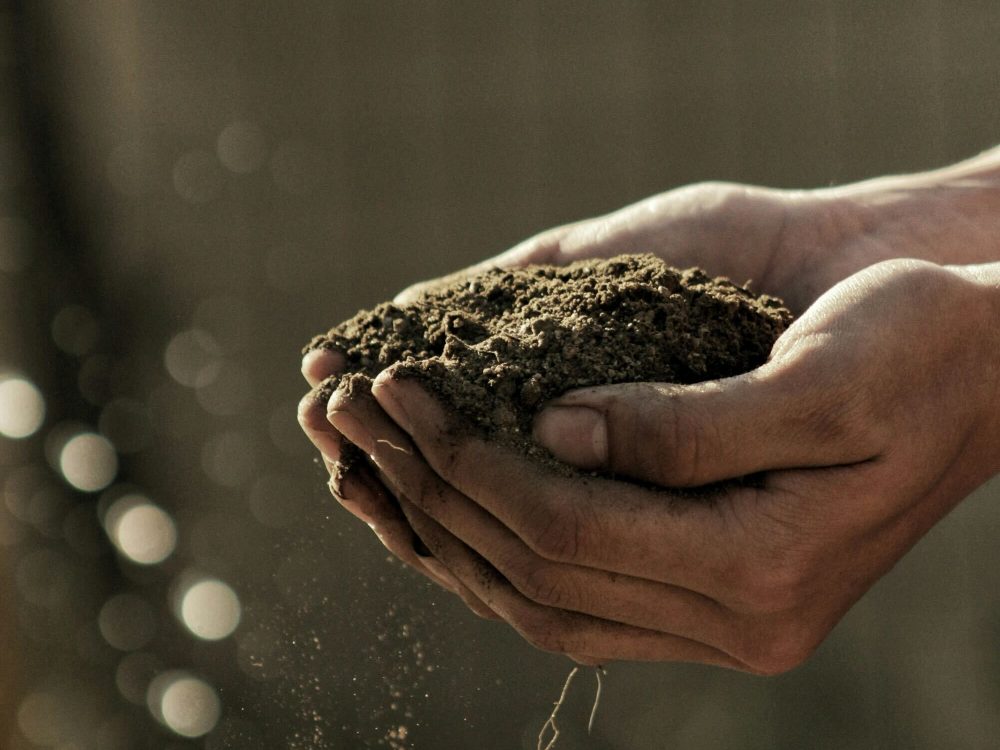Employing PDIA to Improve Agriculture Admin Data Systems in Malawi
The amount of agriculture data being reported, collected, and visualized is growing exponentially. Organizations like Global Open Data for Agriculture and Nutrition (GODAN) and Food and Agriculture Organization of the United Nations (FAO) are promoting sharing, accessibility, and use of agriculture and nutrition data worldwide – because progress-limiting practices impact the entire agricultural value chain, inhibiting smallholder farmers, agricultural productivity, and food security.
This need for more and better agriculture data is not lost on governments. In fact, several are making it a priority to create or hone national systems to support domestic agriculture and farming. The Africa Agriculture Status Report emphasizes that efforts to “modernize the agriculture sector… could make a valuable contribution to national economic growth in many countries, and to poverty reduction.” The Senegal Emerging Plan (ESP) prioritizes agriculture as a key driver to sustainable economic growth, and last year Senegal announced new initiatives with the Global Partnership for Sustainable Development Data (GPSDD) to map farms, as well as collect and use agricultural statistics to fill data gaps about its farming industry.
But as we’ve asked before – are the data we’re spending so much to collect truly relevant for decision makers? In this case, are they useful and used by government, beyond just reporting processes? Large scale Management Information Systems (MIS) – whether for governments, development agencies, or NGOs – are rarely created based on a holistic, deep understanding of intended users and decision makers. Until now!
We’re proud to announce that, through our Results Data Initiative (RDI), we’re working with Malawi’s Ministry of Agriculture, Irrigation and Water Development (MOAIWD) to design a National Agriculture Management Information System (NAMIS). This initiative aims to improve the administrative and results data systems used in the country’s agriculture sector, by putting users at the center of system design.
This work is innovative and inventive, for two reasons. Firstly, we’re exploring the intersection between expectation of agriculture data needs and the realities of agriculture data users – working to ensure data is relevant, useful, and used.
Secondly, we’re taking a problem-driven, iterative, and adaptive (PDIA) approach to inform building of a national government information system. In designing the NAMIS, we are guided by a belief that a holistic, needs-based national data system requires two elements: (1) putting future users at the center of system design, and (2) never assuming we know what these users might need.
How are we doing this? We’ve adapted our PDIA approach from RDI’s cross-ministerial workshops in the health sector in Tanzania, combining it with the MOAIWD’s goal of designing a system to meet the diverse needs of government and non-governmental stakeholders. We’re also building upon other innovative work taking place in Malawi: integrating lessons learned from the Malawi health sector DHIS2 implementation, and from DG, the AidData Center for Development Policy, and the Strauss Center’s Climate Change and African Political Stability (CCAPS) program’s work to geocode the country’s Aid Management Platform (AMP) data. So far, we have spoken with over 100 people in the Malawi agriculture sector, and are working with MOAIWD and the GoM to develop takeaways, next steps, and what the MIS should look like to really meet user needs for decision making – not just reporting.
Stay tuned for additional takeaways and lessons learned in building a user-centric MIS, including a post in which we’ll explore the many ways our preconceptions about user needs have been proven wrong!
Share This Post
Related from our library

Economic Toll of Tobacco-Related Diseases in Kenya: New Research Findings
Development Gateway: An IREX Venture (DG) is pleased to announce the publication of a research manuscript on the Economic Costs of Tobacco-Related Illnesses in Kenya. This research was carried out as part of the Tobacco Control Data Initiative (TCDI) activities in Kenya and is part of a broader report on Morbidity and Mortality from Tobacco Use in Kenya.

Building a Sustainable Cashew Sector in West Africa Through Data and Collaboration
Cashew-IN project came to an end in August 2024 after four years of working with government agencies, producers, traders, processors, and development partners in the five implementing countries to co-create an online tool aimed to inform, support, promote, and strengthen Africa’s cashew industry. This blog outlines some of the key project highlights, including some of the challenges we faced, lessons learned, success stories, and identified opportunities for a more competitive cashew sector in West Africa.

Unlocking Africa’s Agricultural Potential: Introducing the Soil Nutrient Roadmap
For over a decade, Development Gateway: An IREX Venture (DG) has been at the forefront of digital agriculture, leveraging agricultural data to support input monitoring, value chain analysis, and farmer-centric governance models. With funding from the Gates Foundation, DG is launching the Soil Nutrient Roadmap (SNR), a cutting-edge initiative using geospatial data to estimate current and future soil and crop nutrient requirements.